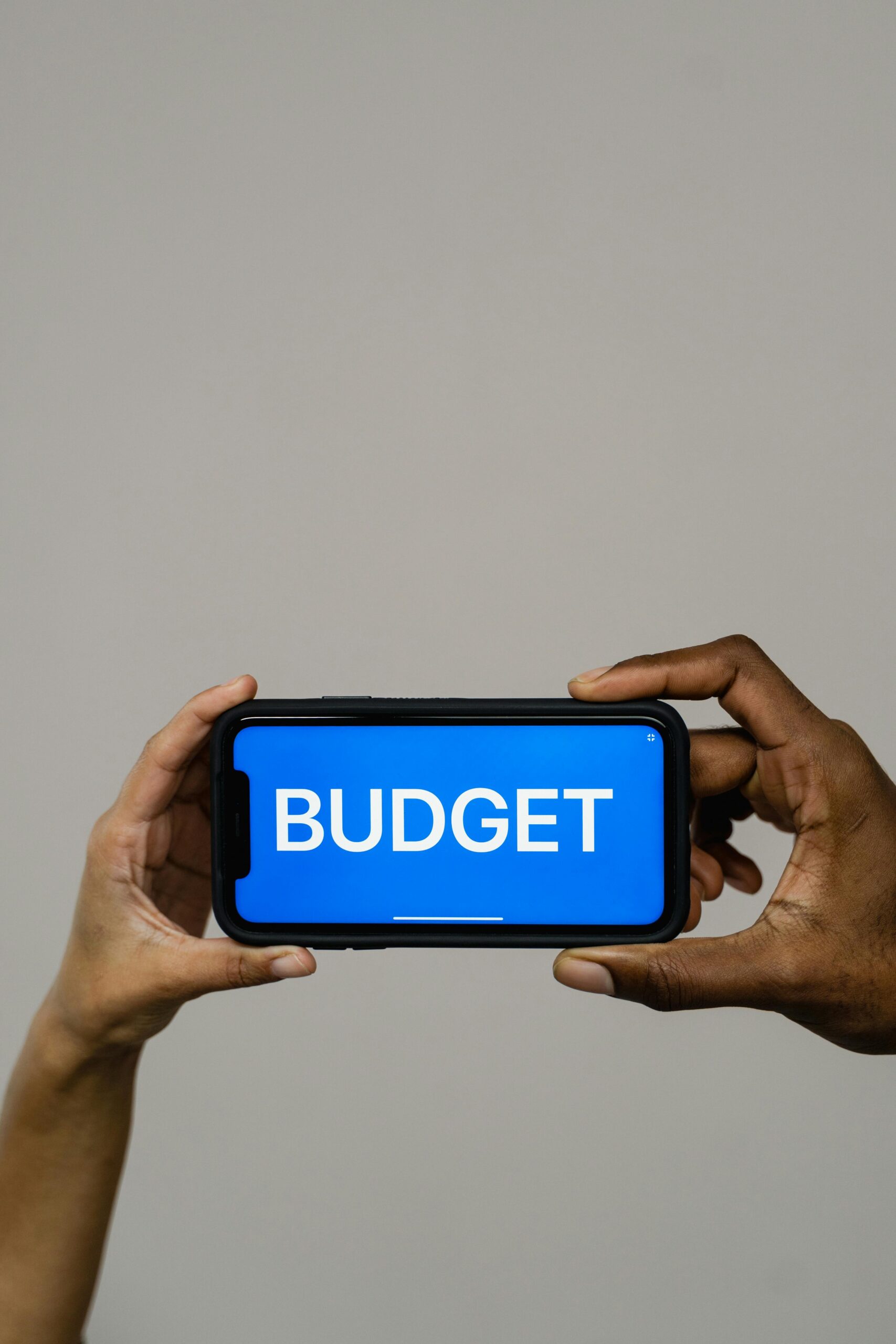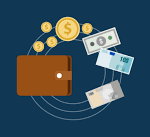Understanding Budgetary Finance

Taking control of your finances can feel overwhelming. But by implementing smart budgetary practices, you can transform your financial well-being and achieve your long-term goals. This guide updates you with the knowledge and tools to sail budgetary financial planning, empowering you to make informed financial decisions.
Budgetary Planning.
A budget is a roadmap for your money. It outlines your income and expenses, allowing you to allocate funds effectively and track your progress toward financial objectives. Budgetary planning involves creating and maintaining this financial roadmap, ensuring your spending aligns with your priorities.
Benefits of Budgetary Planning:
- Financial Clarity: Budgets provide a clear picture of your financial situation. You understand your income sources, spending habits, and areas for potential savings.
- Debt Management: Budgets help control debt by setting limits on discretionary spending. You can prioritize debt repayment and develop a strategy to become debt-free.
- Goal Achievement: Financial goals, like saving for a down payment or a dream vacation, become achievable with a budget. You allocate funds specifically for these goals and track your progress.
- Reduced Stress: Financial uncertainty can be stressful. Budgets alleviate this stress by providing a sense of control over your finances. You know where your money goes and can proactively plan for the future.
The Budgetary Planning Process:
- Track Your Income: Record all your income sources, including salary, wages, side hustles, and investments.
- Track Your Expenses: For a month, meticulously record every expense, categorizing them (e.g., rent, groceries, entertainment). Utilize budgeting apps or spreadsheets for easier tracking.
- Categorize Expenses: Group your expenses into essential (housing, utilities), discretionary (dining out, entertainment), and debt repayment categories.
- Analyze Your Spending: Evaluate your spending patterns. Identify areas where you can cut back or streamline expenses.
- Create a Budget: Create a realistic budget that allocates funds to different categories based on your income and expenses. Prioritize essentials and allocate remaining funds for discretionary spending and savings goals.
- Review and Adjust: Budgets are not static. Regularly review your budget, especially after significant life changes, and adjust spending allocations as needed.
Budgeting Methods for Effective Financial Management:
- 50/30/20 Rule: This popular method allocates 50% of your income to essentials, 30% to discretionary spending, and 20% to savings and debt repayment.
- Zero-Based Budgeting: With this method, you assign every dollar of your income to a specific purpose, ensuring no income remains unaccounted for.
- Envelope Budgeting: This traditional method allocates cash to specific enveloped spending categories. You can use a digital version with budgeting apps.
Choosing the Right Budgeting Method:
The most effective budgeting method is the one that works best for you. Consider your financial personality, spending habits, and level of comfort with different techniques.
Budgeting Tools and Resources
- Budgeting Apps: Kribsaveup, YNAB (You Need a Budget), Personal Capital
- Budgeting Spreadsheets: Free downloadable templates or create your own
- Financial Management Software: Quicken, QuickBooks
Important Considerations for Budgetary Financial Planning:
- Unexpected Expenses: Build in a buffer category for unforeseen costs like car repairs or medical bills.
- Long-Term Goals: Factor in long-term goals like retirement or educational savings within your budget.
- Financial Emergencies: Establish an emergency fund with 3-6 months of living expenses to cover unexpected situations.
- Reviewing Your Budget: Regularly revisit your budget to ensure it reflects your current financial situation.
Additional Financial Management Strategies
- Debt Management: Develop a debt repayment plan to become debt-free faster. Consider debt consolidation or snowball/avalanche methods to prioritize high-interest debts.
- Building Savings: Automate transfers to your savings account to consistently build your financial cushion. Explore high-yield savings accounts for optimal returns.
- Investing: Research and invest for long-term financial goals like retirement. Consider low-cost index funds for a diversified portfolio.
Budgetary financial planning allows you to take charge of your finances. By creating and maintaining a budget, you gain control over your spending, achieve financial goals, and build a secure financial future. With Kribsaveup you can regularly track your progress, adapt your plan as needed, and celebrate your financial milestones.
Here is the link to check out Kribsavep’s amazing features: KRIBSAVUP





